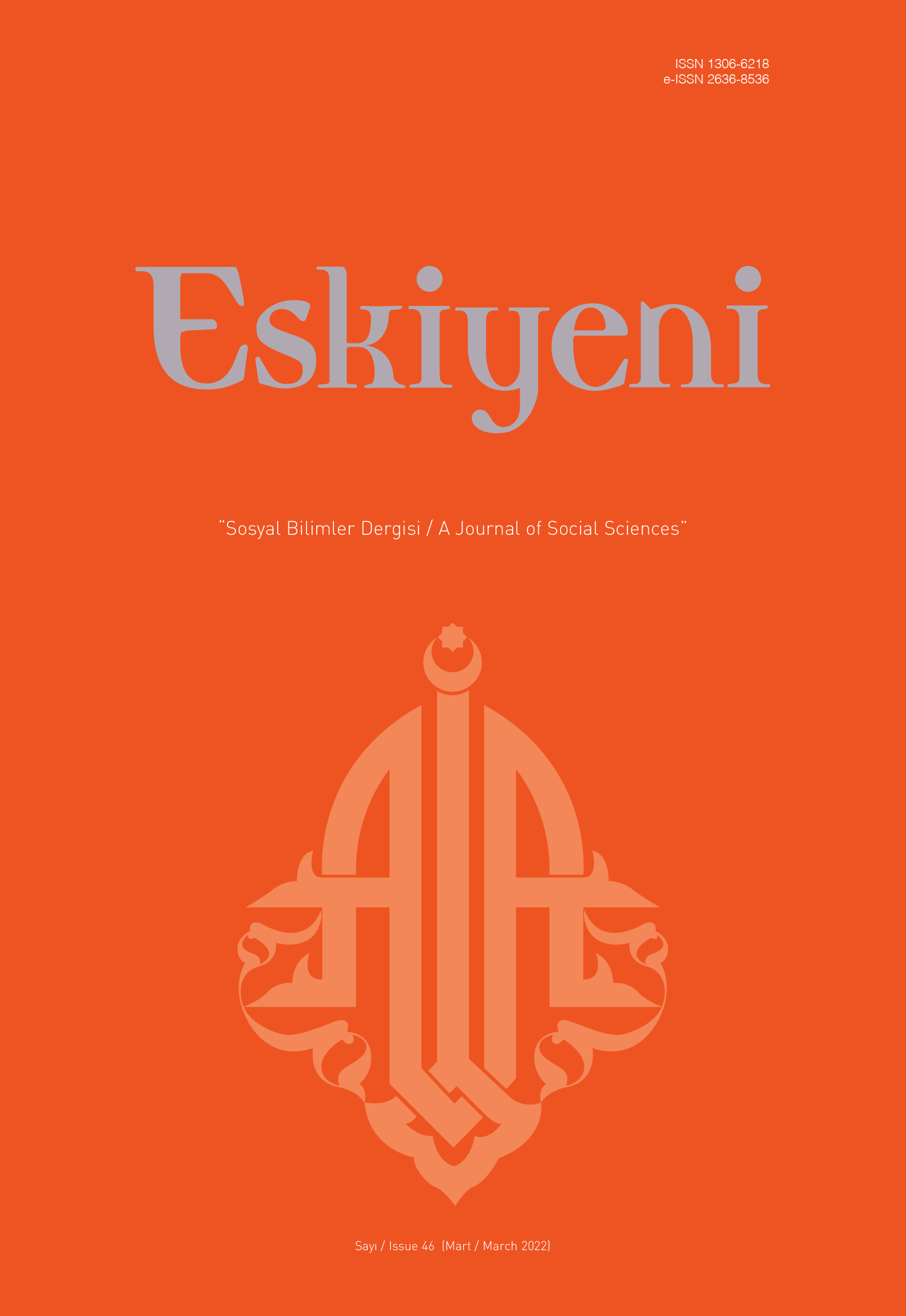Nidâ’dan Takiyye’ye: Nusayrî-Alevî İnancında Nidâ ve Takiyye Uygulaması
From Nidā to Taqiyya: The Practice of Nidā and Taqiyya in the Nusayrī-Alevī Belief
Author(s): Reyhan Erdoğdu BaşaranSubject(s): Islam studies
Published by: Anadolu İlahiyat Akademisi
Keywords: Islamic Sects; Nusayrī-Alawīsm; Nidā; Taqiyya; Risālat al-andiya;
Summary/Abstract: The Nusayrī belief is similar to those of Ghulāt teachings, which is known to adopt extreme views on imamate. That is why the Nusayrīs are considered to be a part of the Ghulāt, known as the extremist. Some esoteric explanations (e.g., Alī b. Abī Tālib is God or Allah was revealed in Alī) adopted by the Ghulāt sects are also manifested in classical Nusayrī works. However, the Nusayrī sheikhs adopted a different interpretation from the Ghulāt sects regarding the essence and nature of God and his visibility to people. The “the practice of nidā” was also transferred to Nusayrī teaching from the Ghulāt tradition. The “the doctrine of nidā”, the ism’s or bāb’s public proclamation of the divinity of the Imam, appeared in the sources beginning with one of the first Ghulāt formations (Saba’iyya). According to this teaching, the bāb, by risking his own life, declares the identity of God (nidā), which is visible to people. It is a requirement of his faith and mission that the bāb performs the “nidā” and sacrifices his own life to reveal the truth about the Imam. It is believed that Abū Shu‘ayb Muhammad ibn Nusayr an-Namīrī (d. 270/883), who is regarded as the bāb of the Eleventh Imam in Nusayrī tradition, declared the divinity of the Eleventh Imam and risked his own life for this reason. However, it is stated that after the tenth century, the “nidā” did not have a meaning rather than being a theological teaching because after this period Nusayrīs seem to have accepted taqiyya as part of the belief in order to preserve the safety of the Muwahhidun (Nusayrī believers) and to hide their esoteric knowledge from those who do not deserve to learn it. This article will present an in-depth analysis of the work called Risālat al-andiya, which comprehensively deals with the “phenomenon of nidā” among the classical Nusayrī works. Then, the transition period from Ibn Nusayr to al-Husayn ibn Hamdān al-Khasībī (d. 358/969) will historically be discussed, and the concept and practice of taqiyya, which has become one of the main dynamics of the sect especially by al-Khasībī will be scrutinized. Finally, an answer will be sought to the question of whether the practice of “nidā” purported discontinuation can be associated with adoption of taqiyya.
Journal: Eskiyeni
- Issue Year: 2022
- Issue No: 46
- Page Range: 53-71
- Page Count: 19
- Language: Turkish

